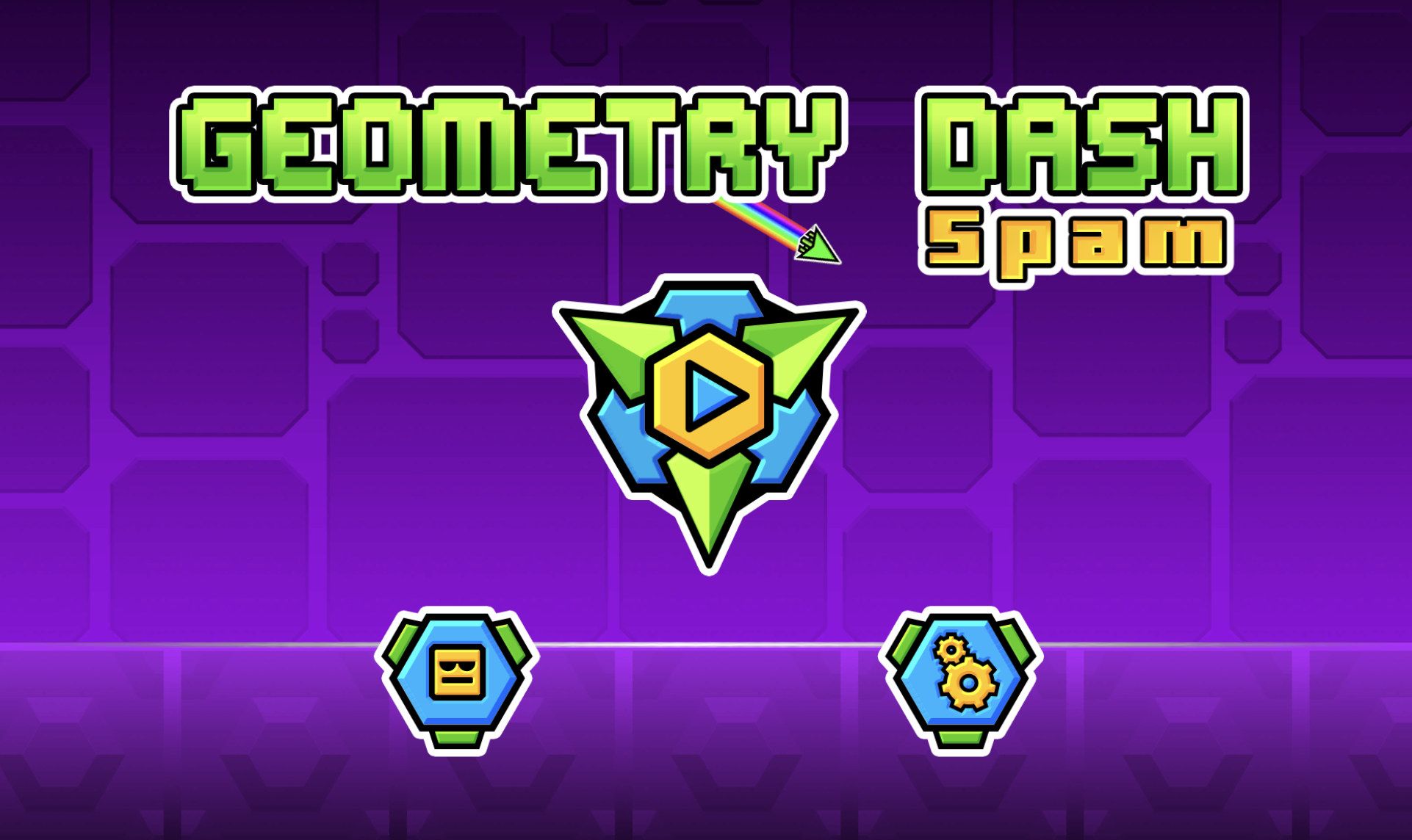Turn dominoes into a daily deduction ritual
Keep exploring
Keep the momentum going with more arena racers, action trials, and puzzle standouts.

Hang out with Hollyberry Cookie between adventures

Start Those Nights At Fredbears in your browser

Play Devil Dash in Your Browser

Instant-play drifting in your browser — no download

Sandbox reactions with Shadow Milk Cookie

Fireboy and Watergirl: Light Temple

Spend a Relaxing Day with Burning Spice

Find the rhythm and break the tape

Spam-click training for sharper wave control

Team up with a helpful fairy and outsmart every temple
Master the logic of dots and halves
Learn the rhythm behind the domino grid
Pips NYT invites you to convert simple dots into a satisfying logic flow where placement, parity, and pattern recognition converge. Each board presents a clean grid with numbered borders. Those border counts tell you how many pip halves must occupy that slice of the grid, and your mission in Pips NYT is to place every domino so that each dot finds its partner and every region total balances. Because the rules are minimal, the joy comes from reading structure: a 0 wipes an area clean, a maximum forces commitment, and middling numbers establish guardrails that guide your next move. What begins as dots and rectangles becomes a daily exercise in clarity. The more time you spend with Pips NYT, the more quickly you’ll see the forced placements that unlock the entire puzzle.
See forced moves before they happen
Winning consistently in Pips NYT means treating the grid like a conversation between constraints. Start with extremes because they compress uncertainty: a 0 on an edge forbids any pip halves in that segment, so you can immediately exclude candidate squares. A maximum fills a slice completely, cementing tiles and preventing waste. After those anchor moves, pivot to adjacency rules. In Pips NYT, once you place a specific domino value, its twin value cannot appear elsewhere in conflict with the layout you’ve confirmed, so each certainty narrows the field for the next. Keep steady notes as you go; pencil marks in Pips NYT help you record provisional fits so you can test lines of play without risk. When contradictions appear, roll back swiftly and try the alternative branch; the space of possibilities collapses quickly when tracked carefully.
Use counts like a running ledger
The border numbers in Pips NYT are more than hints; they are a live ledger of what remains. Every time you place a tile, update your mental balance. If a region needs four pip halves and you’ve placed two, your future choices must respect that remaining pair. Players who excel at Pips NYT rarely drift; they keep those tallies front and center. This habit prevents backing into contradictions where an area demands dots that can no longer exist. When two neighboring regions are both tight on capacity, consider which placement preserves more freedom downstream. That preference for flexibility is the invisible skill that makes Pips NYT feel smooth instead of sticky.
Create order from symmetry and negative space
The grid often hides mirror patterns. If one column in Pips NYT must host several pip halves to satisfy a high count, a neighboring column might necessarily go sparse. Reading those complement pairs reveals where doubles can stretch and where singles must compress. Likewise, negative space is powerful. In Pips NYT, empty corridors emerging between confirmed tiles show you where long shapes cannot pass and where short connections must occur. The moment you articulate those invisible walls, tiling options shrink to a handful, and one or two placements typically pop free.
Adopt a clean, repeatable loop
A simple routine keeps momentum. First, scan edges for 0s and maximums in Pips NYT. Second, draw provisional candidates in ambiguous cells, labeling them lightly so you can erase with no friction. Third, check every region’s remaining count after each placement to avoid drift. Fourth, cycle back to adjacency implications: when a tile is confirmed, ask what it forbids or requires nearby. Finally, re-scan for fresh extremes created by your updated ledger; in Pips NYT, new 0-like conditions appear when a region’s capacity is fully spoken for, and new maximum-like pushes arise when a region still owes exactly the shape that fits the remaining footprint.
Build speed without losing accuracy
Speed in Pips NYT is the product of visualization and tidy notation. Try setting a gentle timer for the first pass so you move briskly across the board. Keep your pencil marks neat and consistent: use one style for hard confirmations and another for soft maybes. When you stall, step away from the dense cluster and sweep the perimeter; Pips NYT often yields an easy placement on the opposite edge that cascades back to your sticking point. If you’re replaying a wrong branch repeatedly, commit to a clean revert and choose the other option with confidence.
Avoid the common traps
Most mistakes in Pips NYT trace back to undercounting or overfitting. When a segment asks for three pip halves and you’ve mentally spent four, you’ve guaranteed a contradiction later. Prevent this by narrating your ledger aloud as you place each tile. Overfitting happens when a pattern looks pleasing but violates a subtle constraint. Before locking a beautiful arrangement in Pips NYT, run a quick adjacency audit: does every pip half have a legal partner? Does any region overshoot its allowance? If anything feels brittle, revert to pencil, test the alternative, and only then commit.
Grow from daily repetition
The best part of Pips NYT is its dependable cadence. A fresh challenge arrives every day, and practice compounds. As your eye matures, you’ll spot deterministic runs where five or six placements follow inevitably from a single edge count. Over time, Pips NYT becomes a morning calibration: a few minutes to center your attention, reinforce patient logic, and find flow. That repeatable ritual makes the puzzle as restorative as it is clever.
Accessibility and comfort tips
If you’re new to Pips NYT, zoom the grid to a comfortable scale so pip dots remain crisp. Work under consistent lighting, and consider dark mode if available. Short sessions beat marathons; ten focused minutes with Pips NYT outperforms an unfocused hour. Finally, celebrate near-misses as data. Every almost-solution in Pips NYT teaches which edges matter most and which assumptions deserve skepticism next time.
Why this daily puzzle clicks
Clarity, cadence, and feedback define the appeal. The interface stays out of the way so you can think. The rules in Pips NYT are few, so you spend energy on deduction, not memorization. And every correct placement produces a gentle confirmation that encourages the next. When you finish a board in Pips NYT, the grid looks inevitable, as if no other arrangement could ever have worked. That feeling—the clean snap of a perfect fit—is why players return tomorrow, and the day after, eager to chase another elegant chain of logical moves.
Turn dominoes into a daily deduction ritual is ready to play
Solve daily domino grids from The New York Times: drag tiles, satisfy edge counts, and pair every pip. Build sharp deduction habits in minutes, no download.
Share Turn dominoes into a daily deduction ritual
Spread the word, invite friends, or bookmark this page to revisit the story whenever you need it.